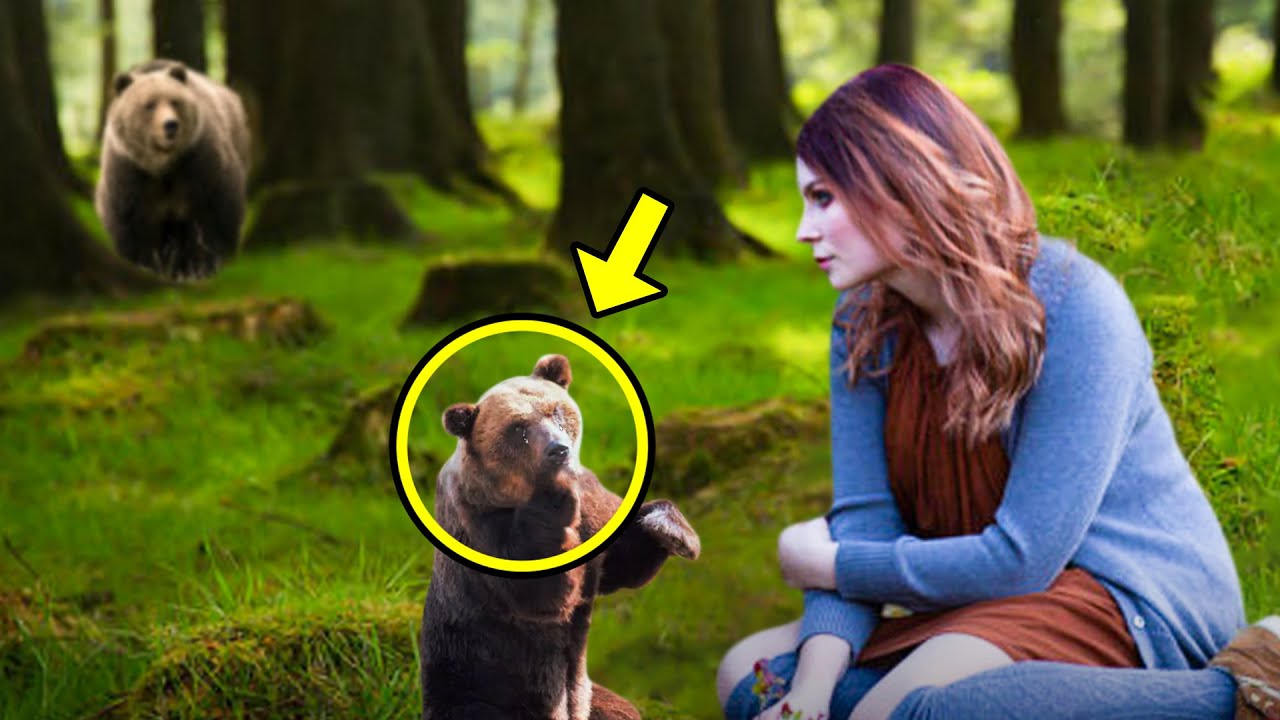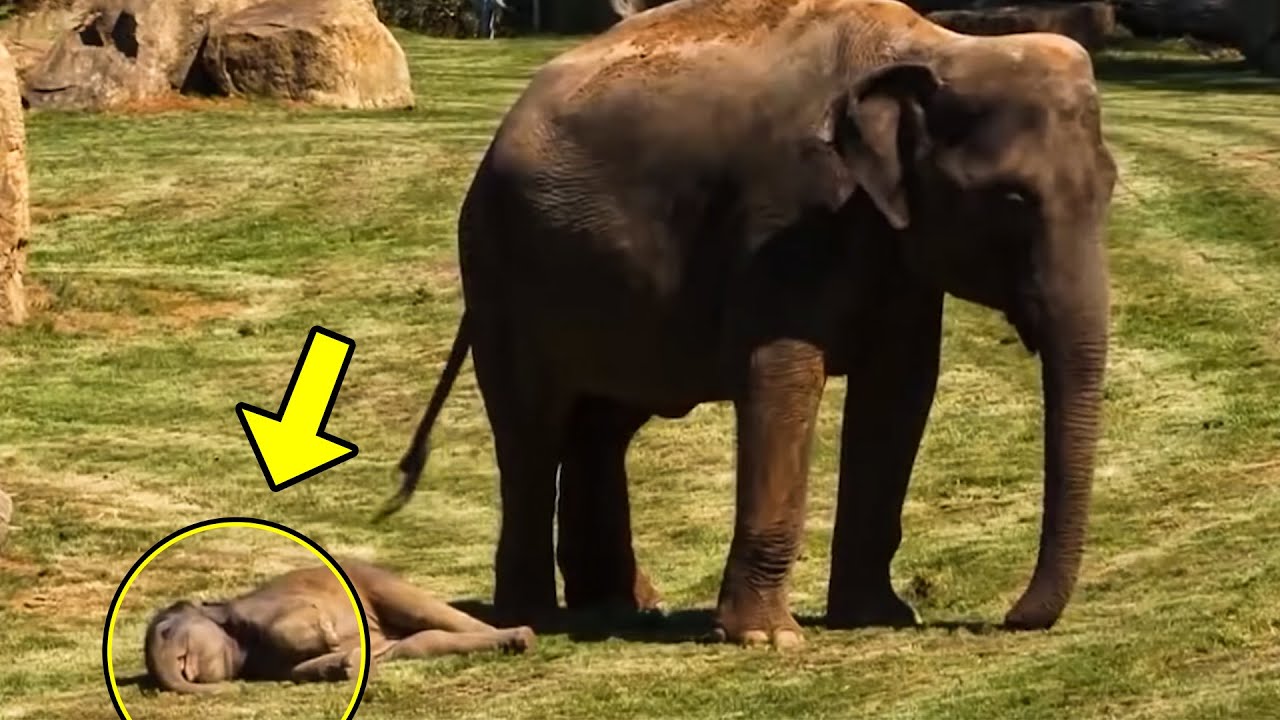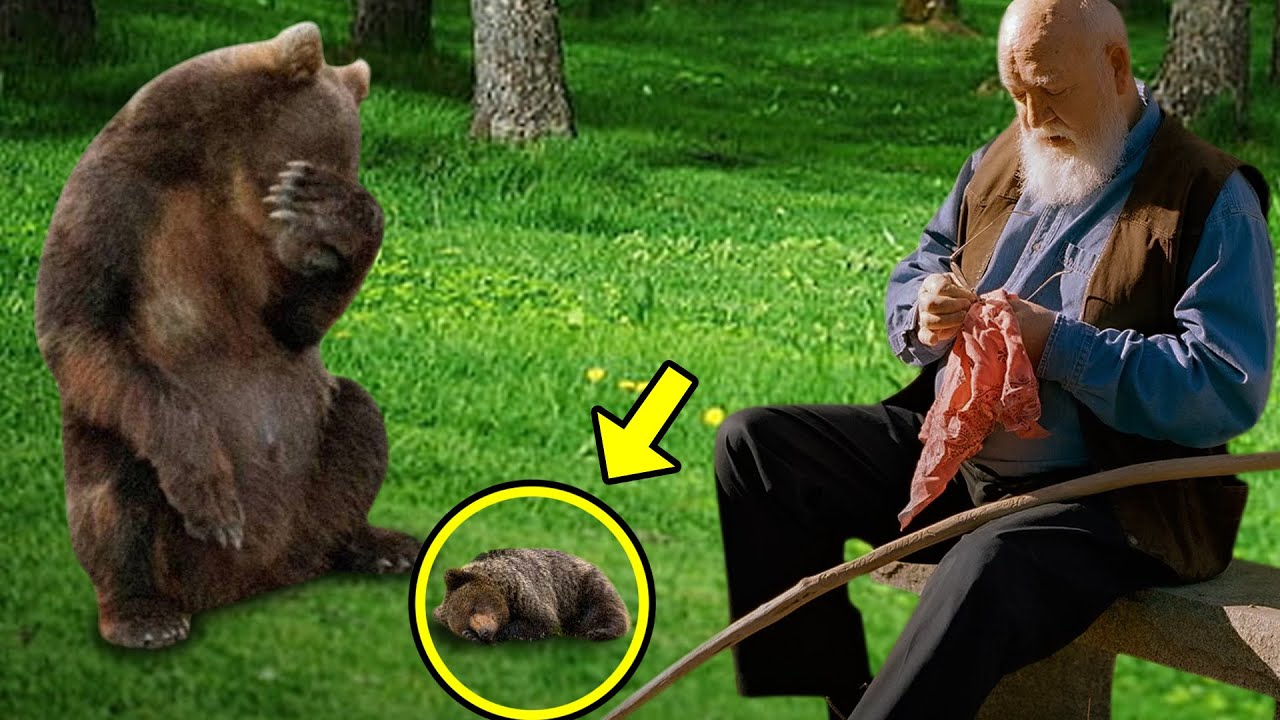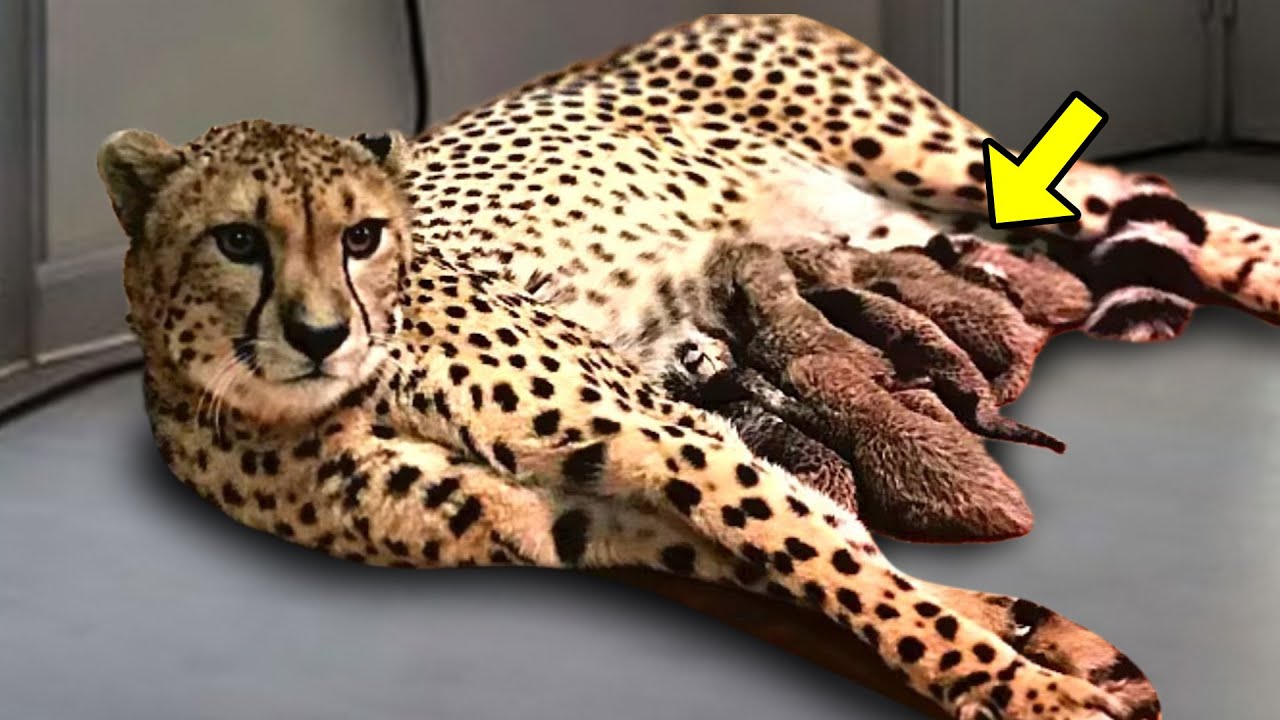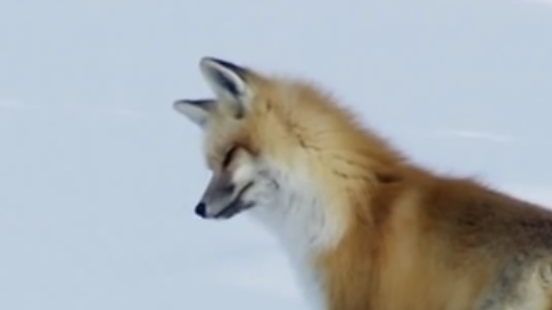
image via – youtube.com
There are all sorts of interesting fox facts. Arctic foxes don’t even feel cold until temperatures get down to -70 degrees Celsius (-94 Fahrenheit). Some foxes like to sleep in trees. Red foxes have the widest geographical range of any carnivorous species and can adapt to life seemingly anywhere; rural areas, cities, the extreme north, deserts.
They were introduced to Australia in the 19th century and now thrive there. Perhaps the most unique and interesting bit of fox information is that they may use the Earth’s magnetic field to hunt prey. If this is true, then they are the only animal to use this 6th sense to hunt for dinner.
This video shows a red fox using his sensitive hearing, coupled with the North Pole’s magnetic field, to plan his leap through the air. The furry hunter makes it look cute and easy, but catching dinner actually involves a very complex and calculated process. It starts with his highly sensitive ears that can detect the faintest of noises, such as a mouse scurrying, below the deep snow. Simultaneously, he focuses in on the Northern Hemisphere’s downward sloping magnetic field.
It is believed that foxes are able to see the Earth’s magnetic field as a ring of shadow on their retinas, which is darkest towards magnetic north. When the fox hears the mouse reach that shadow they are lined up. Now he is able to estimate the distance between himself and dinner and its time to pounce. Going headfirst down through the snow is the only way to hunt when your prey is buried up to three feet below the surface. Their tails also come in handy by directing the flight path so they can land on top of the scurrying rodents.
The magnetic hunting theory is based off evidence collected in a study conducted by Czech scientist Jaroslave Cerveny. His team recorded 84 foxes jumping almost 600 times. When they pounced in a northeasterly direction, 20 degrees off magnetic north, their kill rate was 73%. Jumping in the opposite direction, southwesterly, yielded a 60% kill rate.
And finally, jumping in any other direction resulted in catching dinner only 18% of the time. From these results arose the hypothesis that foxes use the magnetic field as a tracking and honing device to help catch dinner. Amazing stuff. Thanks science!!
Please Share With Family and Friends


